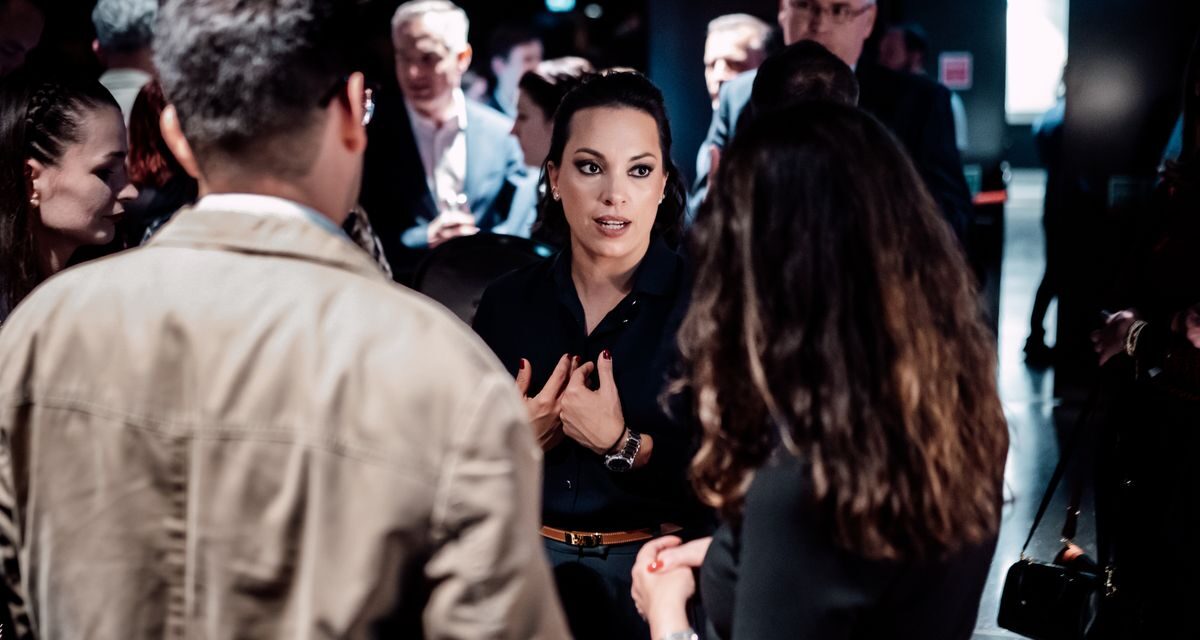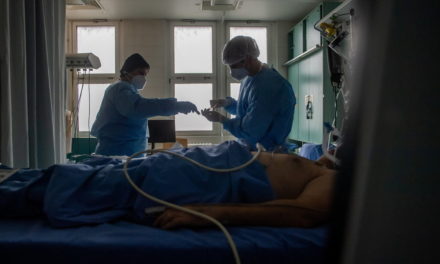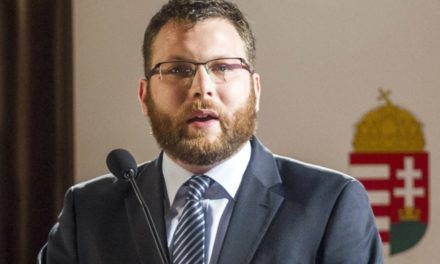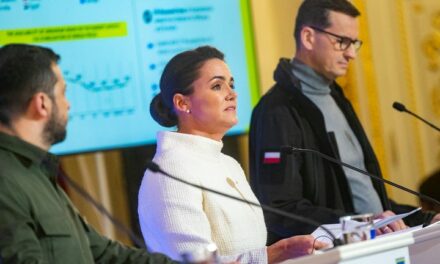Why is Budapest attractive to tourists? How can you find the balance between experience and services? What should the Hungarian capital strengthen in order to be even more prominent among tourist destinations? What will be the fate of the Tura castle? Ráhel Orbán, head of BDPST Koncept, answered these questions, among others. Interview.
***
What is Budapest's biggest attraction?
I think that diversity is the most attractive thing for travelers in the city. Budapest is such a unique capital that shows a different face to everyone and offers different experiences to everyone.
It is enough to look at Pest and Buda to see how different the two sides are, how different the atmosphere is, how different programs are offered. There is this diversity in culture and traditions in the capital, just look at how many large churches have their churches along the small circuit. The Basilica is there, the Deák Square Lutheran Church, the Kálvin Square Reformed Church and the Dohány Street Synagogue are also there. This can also be a visual example of the mentioned diversity.
But I also like that
you can find everything from Michelin-starred restaurants to retro pubs,
and one day a traveler or even a local resident can take part in a very classical program, while the next day a folklore, a klezmer or a jazz. All of this results in Budapest being able to offer relevant and unique experiences to a very wide audience and countless target groups. Its diversity makes the Hungarian capital special.
How could the capital advance even more in the tourism rankings?
The importance of social media was also discussed at the iCon Economic Policy Conference. What's more, the name of the organizers even includes the intelligence economy. I think it is very important that Budapest is properly presented on social media, since more and more destinations are traveling based on social media recommendations, and for young people, this is practically the number one orientation and orientation interface for travel planning as well. I myself love to use TikTok to learn more about a new destination. In Asian countries, social media appears not only as a content producer, but also as a booking interface. So, if someone creates a piece of content, you can immediately link to it, what the accommodation was, where the restaurant is, and how you can make a reservation there. I think so
following social media and technological innovations will be extremely important at the destination level as well.
How is the Hungarian capital in terms of hotels? What should be strengthened?
There are currently a sufficient number of brands and a sufficient number of hotels on the market. In the next three to five years, when the projects that have just been started are completed, it can be said that we are in good shape on the supply side. However, there is still much to improve in the field of business tourism. I would like to draw the attention of the players in the sector to the fact that the so-called meetings, incentives, conferences, and events sector - which in Hungarian is called business tourism - is present to a lesser extent compared to our competitors. One of the reasons for this is that there are not enough conferences, and there is no suitable conference center either, so Budapest does not have the infrastructural background nowadays to hold conferences of the same size or the type that, for example, Vienna implements. It would also help a lot if more business tourists visited the city during the off-season in January, February and March.
How can you find a balance between experiences and services?
We need to understand whose experience is what. Obviously, there are many people who are open and curious about experiences that are grandiose, spectacular and sensational. But at the same time, there will always be tourists who prefer a classical music experience or a cultural event in the city. Every age group and every segment has its own experience. Not everyone in a group will always be curious about Madame Tussauds, but some will be.
You have to find the right mix of travelers who are good for this city.
Those who otherwise visit the other service providers, restaurants, hotels, and museums of this city. And this is where I understand the balance: you shouldn't go in the direction of having too many sensational events, because then they will only come from that segment. Everyone has to be watched in some way. I think there are already many new attractions in the city, a good example of this is the hot air balloon in Városliget, which is very popular among tourists.
My children have also reached the age where we can be more and more tourists in Budapest. It's an experience for them to go into the city center, they look forward to seeing the Parliament, but we go to the theater more and more, and on the weekend we plan to see the 360 Design exhibition.
Thus, I believe that attention must also be paid to the creation of the city's cultural and program offerings so that there are enough opportunities for families as well.
In the immersive theater world, I still see the lack. If someone travels to London or New York, it is easy to go to a theater performance on Broadway, since almost everyone understands English. They can, for example, play The Lion King for children, while offering musicals to adults. Since the Hungarian language is only spoken by approximately 15 million people, we are somewhat "at a disadvantage", but with the dance theater, a new circus performance or immersive exhibitions, we can open up much more space for tourists to participate in these events. And this can be done even when there is no possibility for outdoor programs due to the weather.
In recent days, you could hear more about the castle in Tura. How will your services be transformed?
In connection with the operation of the former Schossberger castle in Tura, we faced a big challenge right from the beginning. You could feel the stalemate of what happens when you try to serve two different segments at the same time. Because the person who brought an event there wanted a completely different experience than the person who reserved one or two rooms, and it was particularly difficult or impossible to serve both at the same time in a building with few rooms available. Therefore, we decided that this conflict should not exist, and from now on we rent out the castle either for special events or for group bookings, where we gather several guests looking for a similar experience and they come to the hotel at the same time. The original basic concept was also to focus on events, but since we were right in the middle of Covid at the time of opening, when the market collapsed, we tried to adapt to that. Now, three or four years after Covid, we see that
it is worth going to the events again.
Returning to Budapest, what will be the next big development?
Our developments are still ongoing at this moment. In the Dorothea Hotel, located in the heart of the city center, we will soon open the BiBo skybar restaurant on the roof. Maybe this is the closest. Events have also accelerated at the Gellért Hotel, the first phase of the multi-year complex monument renovation will start in the next few days. The purpose of the investment is to return the hotel to its former glory, preserving the historic heritage of the iconic building. The hotel will be operated by the internationally recognized Mandarin Oriental Group, which operates high-end hotels.
Our goal is that the people of Budapest can once again feel proud of the building as their own,
which, as in the past, will primarily want to satisfy the needs of the locals with its restaurants.
Featured Image: BDPST Concept













